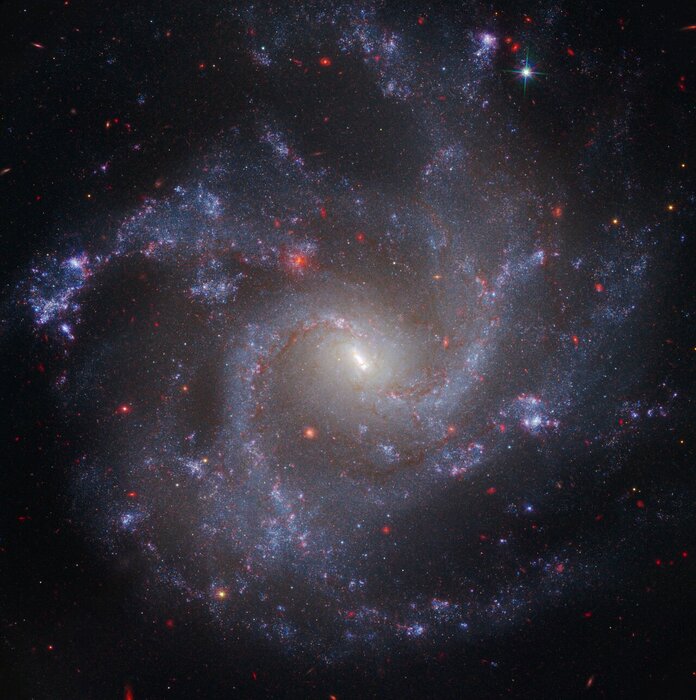Observations from the James Webb space telescope confirm that the expansion rate of the Universe measured over the last 34 years by its 'colleague' Hubble is correct, but they still cannot explain why this value is different from that expected based on the mapping of fossil radiation of the Big Bang carried out by the European Planck satellite.
Having excluded the possibility that this discrepancy is due to measurement errors, it therefore remains to be understood whether something about the evolution of the cosmos still escapes us, as indicated by the study published in The Astrophysical Journal Letters by an international research group led by the Nobel Prize winner for physics Adam Riess.
The expansion rate of the Universe is a fundamental parameter because it allows us to calculate the age of the cosmos, the distance between galaxies and so on.
Before Hubble's launch in 1990, observations made with ground-based telescopes revealed enormous uncertainties, indicating an age of the cosmos of between 10 and 20 billion years.
Over the last 34 years the Hubble Space Telescope has narrowed this range, indicating an age of 13.8 billion years, through measuring the distance to particular indicators, the Cepheid variable stars.
However, the Hubble value does not agree with other measurements that imply that the Universe expanded faster after the Big Bang: these observations were made thanks to the mapping of the cosmic microwave background radiation carried out by the Planck satellite of the European Space Agency .
This discrepancy is known as the Hubble tension, and it still holds up today, even after new ultra-precise measurements from the Webb telescope operated by space agencies in the United States, Europe and Canada.
“Once you eliminate measurement errors, what remains is the real and exciting possibility that we have misunderstood the Universe,” says Adam Riess of Johns Hopkins University in Baltimore, who won the Nobel Prize in 2011 for helping to discover that the The expansion of the cosmos is accelerating due to mysterious 'dark energy'.
To solve the Hubble voltage riddle we will probably have to wait for data from the Euclid mission, launched in July 2023 by ESA, and NASA's next Nancy Grace Roman space telescope.
Reproduction reserved © Copyright ANSA

